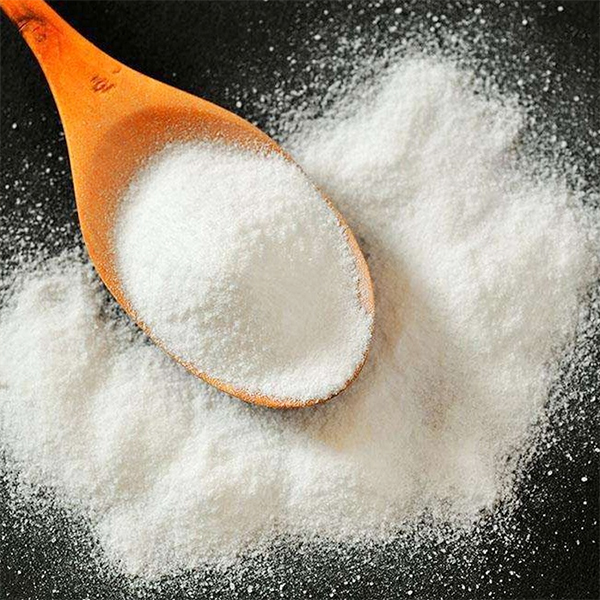HPMC for Gypsum A Comprehensive Overview
Hydroxypropyl Methylcellulose (HPMC) is a versatile cellulose ether widely used in various industries, including pharmaceuticals, food, and construction. One of its notable applications is in the production of gypsum-based products, commonly used in the construction industry for drywall, plaster, and cement boards. This article explores the role of HPMC in gypsum formulations, its benefits, and its impact on the performance of gypsum products.
What is Gypsum?
Gypsum is a naturally occurring mineral, primarily composed of calcium sulfate dihydrate (CaSO₄·2H₂O). It is widely used in construction for its fire-resistant and sound-resistant properties, as well as its ability to create smooth surfaces. Gypsum products, such as wallboards and plasters, are essential for interior finishes and are valued for their ease of application.
The Role of HPMC in Gypsum Products
HPMC functions as a thickening agent, binder, and water retention aid in gypsum formulations. When mixed with water and gypsum, HPMC helps to create a homogenous paste that can be easily applied and molded into various shapes. Its properties significantly influence the workability, setting time, and final performance of the gypsum product.
Benefits of HPMC in Gypsum Applications
1. Improved Workability HPMC enhances the consistency and viscosity of gypsum mixtures, making them easier to apply. This improved workability allows contractors and builders to achieve a smoother finish and better coverage while minimizing waste.
2. Water Retention One of the critical functions of HPMC in gypsum is its ability to retain water. This property is essential during the curing process, as it prevents premature drying and helps ensure that the gypsum sets properly. Adequate water retention contributes to the strength and durability of the final product.
hpmc for gypsum

3. Extended Open Time HPMC extends the open time of gypsum mixtures, allowing for more flexibility during application. This extended working time gives contractors the opportunity to adjust their technique and correct any issues without worrying about the material setting too quickly.
4. Enhancement of Mechanical Properties HPMC can improve the mechanical strength and adhesion of gypsum-based products. The cellulose ether contributes to the formation of a robust matrix, which is crucial for the longevity and performance of the final product.
5. Reduction of Shrinkage and Cracking The incorporation of HPMC can help mitigate the shrinkage and cracking often associated with gypsum products as they dry. By providing a more controlled hydration process, HPMC contributes to maintaining the integrity and aesthetics of the surface.
Environmental Considerations
As the construction industry increasingly focuses on sustainability, the use of HPMC in gypsum products aligns with these environmental goals. HPMC is derived from renewable cellulose sources, making it a more eco-friendly option compared to synthetic additives. Additionally, gypsum itself is a sustainable material, especially when sourced from by-products of industrial processes, such as flue gas desulfurization.
Future Trends and Innovations
The demand for advanced building materials continues to drive research and development in the formulations of gypsum-based products. Innovations in HPMC, such as the development of tailored grades with specific performance characteristics, are expected to emerge. These innovations could lead to improved product formulations that meet the various requirements of modern construction projects, including enhanced fire resistance, thermal insulation, and moisture control.
Conclusion
HPMC plays a pivotal role in enhancing the performance of gypsum-based products. Its ability to improve workability, water retention, and mechanical properties makes it an invaluable additive in the construction industry. As sustainability becomes a priority, the eco-friendly nature of HPMC, combined with the inherent benefits of gypsum, positions these materials as suitable choices for future construction applications. With continued innovation and development, HPMC and gypsum together will likely evolve to meet the changing demands of the industry.
-
A Comprehensive Guide to Methyl Ethyl Hydroxyethyl Cellulose: Applications and Industry InsightsNewsNov.24,2025
-
Understanding Methyl 2 Hydroxyethyl Cellulose: Uses, Benefits & Industry InsightsNewsNov.24,2025
-
Hydroxyethyl Methyl Cellulose HEMC: Industrial Uses, Benefits & Future TrendsNewsNov.23,2025
-
HEMC Cellulose: Versatile & Sustainable Industrial Polymer | YoungcelNewsNov.23,2025
-
Methyl Hydroxyethyl Cellulose: Versatile Building Block for Industry & SustainabilityNewsNov.23,2025
-
CAS 9032 42 2: Understanding Polyvinyl Alcohol's Impact on Industry & SustainabilityNewsNov.22,2025




